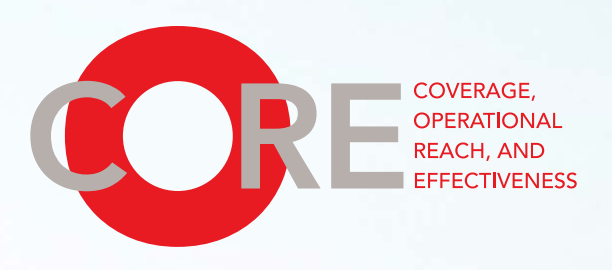Access is the central and overriding problem in humanitarian action. Defined as both people’s ability to reach aid and aid’s ability to reach people, humanitarian access is the precondition for effective and principled emergency response. The worst conflict-driven humanitarian crises occurring today have constrained humanitarian access as a key feature, making lack of access a proxy for severity of need.
The research programme on humanitarian Coverage, Operational Reach and Effectiveness (CORE) studies access in specific emergency contexts to identify common factors, to measure the extent to which populations in need have been able to access humanitarian aid and vice versa, and to highlight useful lessons, good practices and effective actors. In addition to collecting humanitarian coverage data and interviewing aid actors, CORE elicits the opinions and perspectives of crisis-affected populations through remote surveys.
Funded by USAID, and building on Humanitarian Outcome’s past research on Secure Access in Volatile Environments (SAVE), the first two years of the CORE programme focused on three access-challenged contexts: northeast Nigeria, Afghanistan, and Central African Republic (CAR). This report synthesises those findings and discusses the global state of the debate in the humanitarian sector on access challenges and how to solve them.
